TFZ X1 — wireless audio IEMs for everyday

World goes wireless. Despite the resistance of true audiophiles towards it and lower sound quality in overall — most of us would still end up with over-the-air headphones, eventually. The choice between having the best possible SQ and the most convenient type of use is always leaning towards the latter. With the development of the latest lossless BT audio codecs many audio fans would also give up to unravel the wire. For me, personally, listening sessions and simple musical content consumption are two completely different disciplines — first requiring audiophile grade sound over wires, while the other is more about the universal use. Truthfully speaking, after having tried X1 — first BT wireless IEMs by a respected TFZ brand — my search of IEMs for everyday use, content consumption and phone conversations is over…

TFZ X1 available at PenonAudio store
TFZ X1 technical specifications:
- Driver type: Balanced Armature
- Frequency response range: 20Hz — 20000Hz
- Bluetooth version: BT5.0
- BT codecs: A2DP AVRCP HFP SPP PBAP
- Bluetooth distance: ≤20m
- Intelligent noise reduction
- IPX7 waterproof
- Call time: 5-7hours
- Charging case battery: 2600mA
- IEMs recharge in case: 15 times
- Earphones battery: 3.7V 60mA*2
- Charging time: ≤2 hours
- Mic: -42db
- LED light color: Red-blue
- Additional functions: memory matching, automatic interconnection, binaural calls, volume control
- Size: 76x30x45mm
- Weigh: 4.6g

Packaging, design and build quality:
TFZ X1 comes in a white box with TFZ brand and product name printed in metallic blue at the front. Back side contains product picture, all available color options and your current choice. Box is heavy… Much heavier than you’d expect from a pair of IEMs.
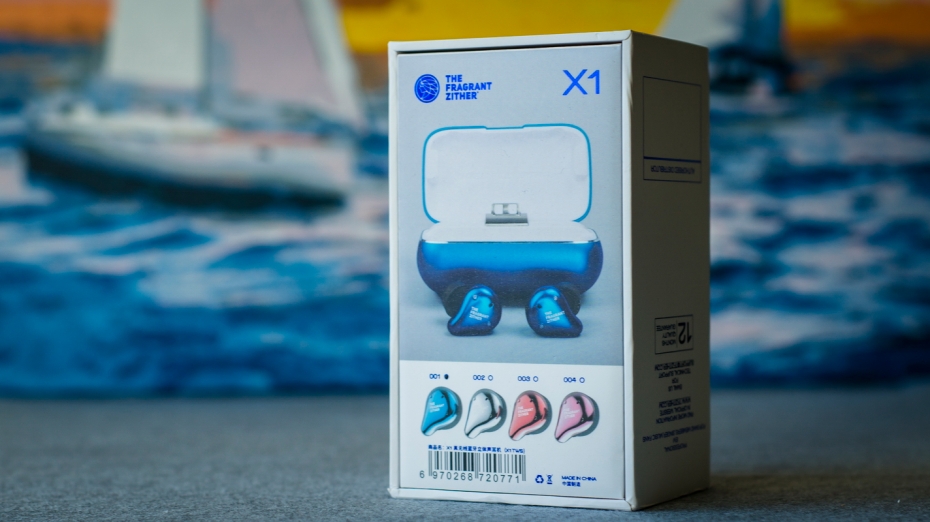
Inside the box there is a layer retaining X1 case and covering the rest of the accessories.

Box contents:
- TFZ X1 IEMs
- X1 case
- MicroUSB -> USB A cable
- 8 pairs of silicone eartips
- user manual
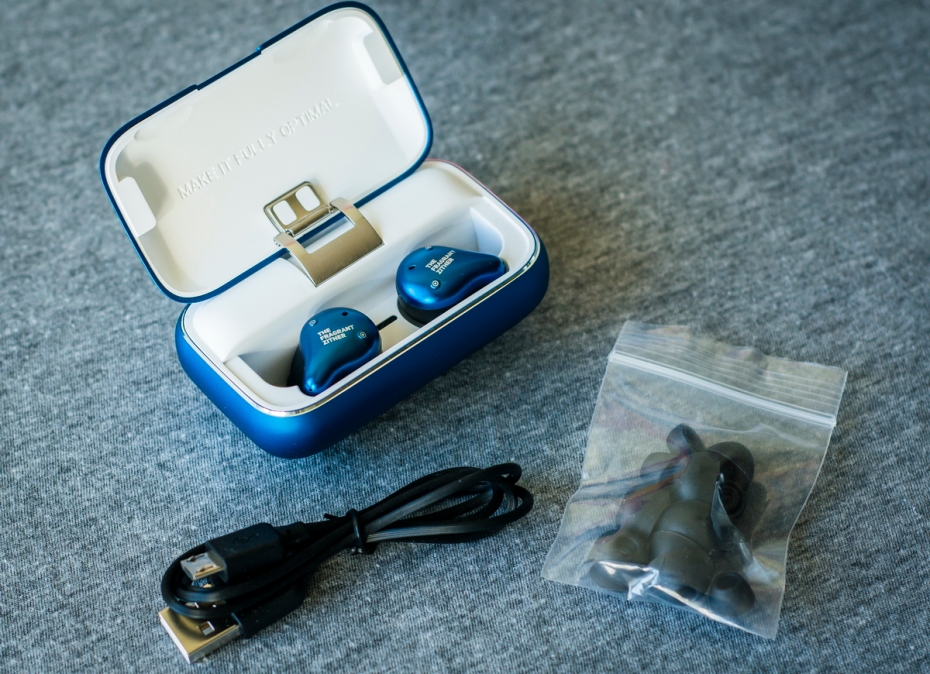
Case is not only for storing but also acts as a charging cradle for X1 IEMs. It is a masterpience from any standpoint: design is beautiful, build quality is perfect, made of annodized aluminum… I can continue this list forever.
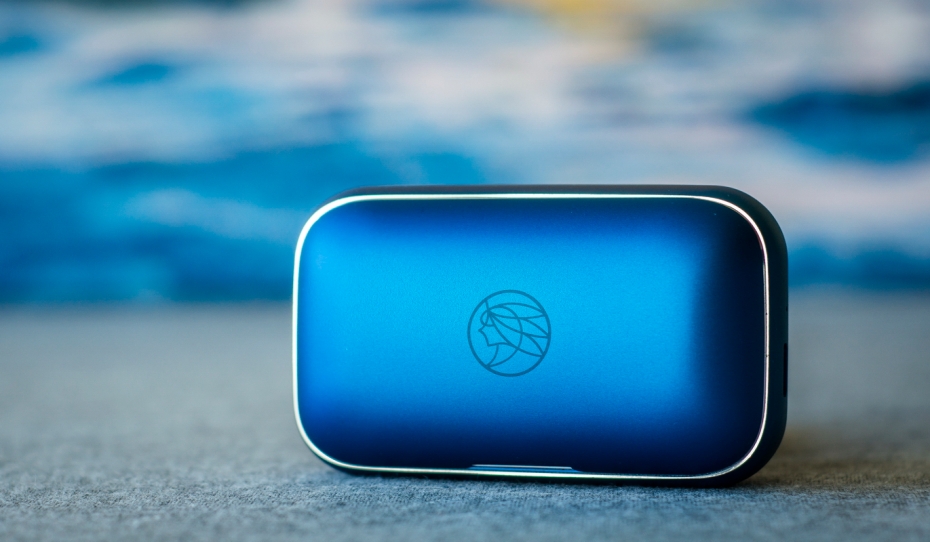
This cradle plays an important role — it is the only charging option for X1, provides up to 15 full charges and secures IEMs from damages, scratches or loss. It has foldable structure with smooth functioning reliable aluminum bracket and top cover retaining magnet.
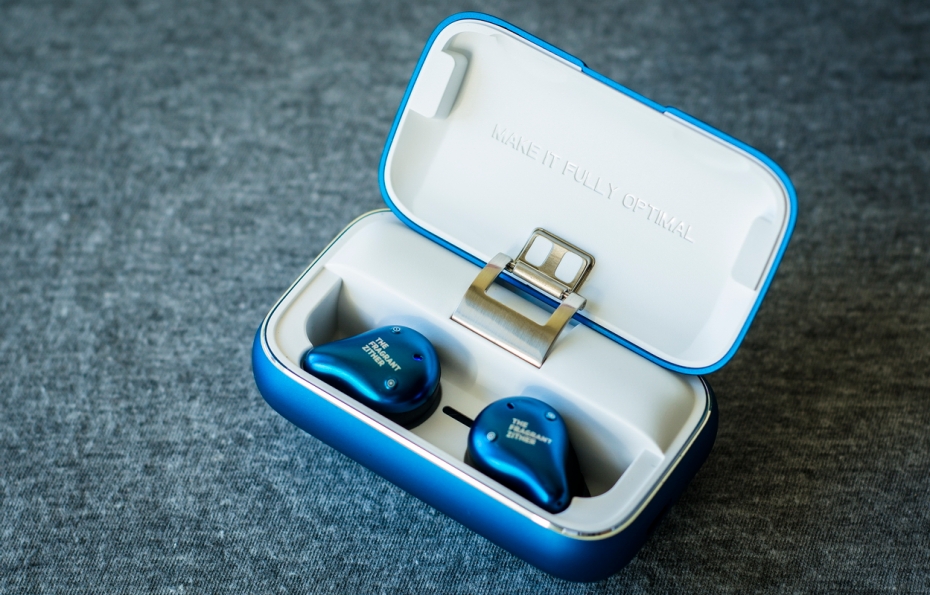
Inner part is made of precisely molded plastic, has special IEM cavities with the magnetic charging pins. Therefore, IEMs are also secured inside the cradle with the magnetic force — charging continues even if the cradle is placed upside down.
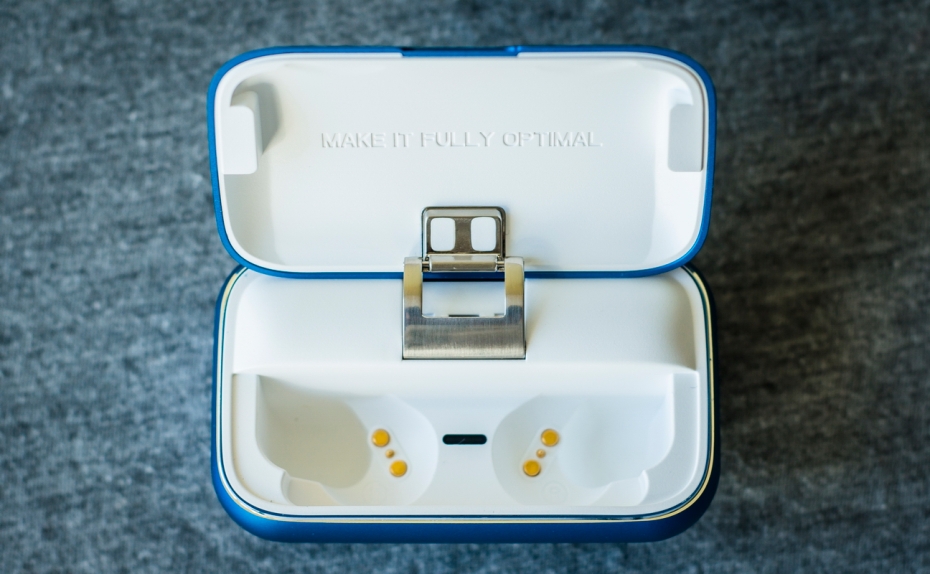
Cradle is quite heavy due to 18650 cell (or something similar) under the hood and makes a feel of cold and solid device in your hand. Funny thing that it seems that I love the cradle more than I like the complete product, at least — aesthetically.

X1 shells are made of two parts: plastic top cover and a base. Top cover shares the same color and rough surface with the cradle. Such elements as white TFZ brand name prints, LED indicator, microphone opening + counter mic opening and two buttons per channel are situated there.

Sound output nozzles are a part of the base and protected by aluminum grills. Base also contains 3 magnetic pin pads for charging. Of course, no cable ports are available (wonder when manufacturers would start to use this idea — providing both types of connections — wireless and wired — in the same IEMs).

Fit:
My first experience with wireless IEMs (for example Xiaomi MI Mini) was not that great due to terrible fit. First — I couldn’t find the best eartip or position, worring that I would loose it one day. It also produced some vacuum effect and caused the headache after couple of hours. Since than, I have decided that wireless IEMs should consit of L|R channels instead of using mono devices and that the ergonomics must be close to perfect. TFZ X1 is a good choice for me. Stock set of eartips allows to have a secure fit, shape is quite comfortable and the weight is totally ok. At least, X1 is not trying to jump out. I have already spent 2 weeks with X1, doing common tasks — no pain, no loss, not even a single attempt to be lost. Having 2 channels solves the problem of headaches when your brain (or third ear) cannot adapt to the vacuum effect on only one side. The only problem that is common for wireless IEMs equipped with the buttons — button press is not that easy and would push the output nozzles deeper inside the ear channels. Good practice is to switch to sensor type button like used in similar AKG IEMs.

X1 in operation:
Charging the cradle takes about 3 hours if IEMs are out or fully charged. There is a microUSB charging port located on the right side of the cradle and small red LED indicator to inform of the status.

Another green|red LED is located inside the cradle, between the charging cavities. This LED informs about the charging state of IEMs. Since the battery in each channels is only 60mAh — charging is done quite fast and IEMs are ready to be used for another 7 hours.

Moreover, it is not necessary to use both channels simultanously. If using it as BT hadnsfree IEM for the phone calls — either one could do the trick while the other rests in cradle. Literally, this doubles the battery life for phone calls and reaches up to 14 hours. And, what is most important — there is a certain software logics behind that: if you take out only one IEM from the cradle — it powers on and connects to your phone in mono mode. If taking out both — both channels would be functional. If you would like to take both IEMs out and use only one — just switch the other one off with the help of the power button located on each of the channels…
Just to summarize possible usage scenarios:
- a set of X1 IEMs could be used for regular stereo audio or binaural phone calls
- either one channel can be used for music or as BT handsfree unit in mono mode since it has own buttons, battery and two mics
- charging can be done simultanously for both IEMs + cradle, separately for each device or in any other combination
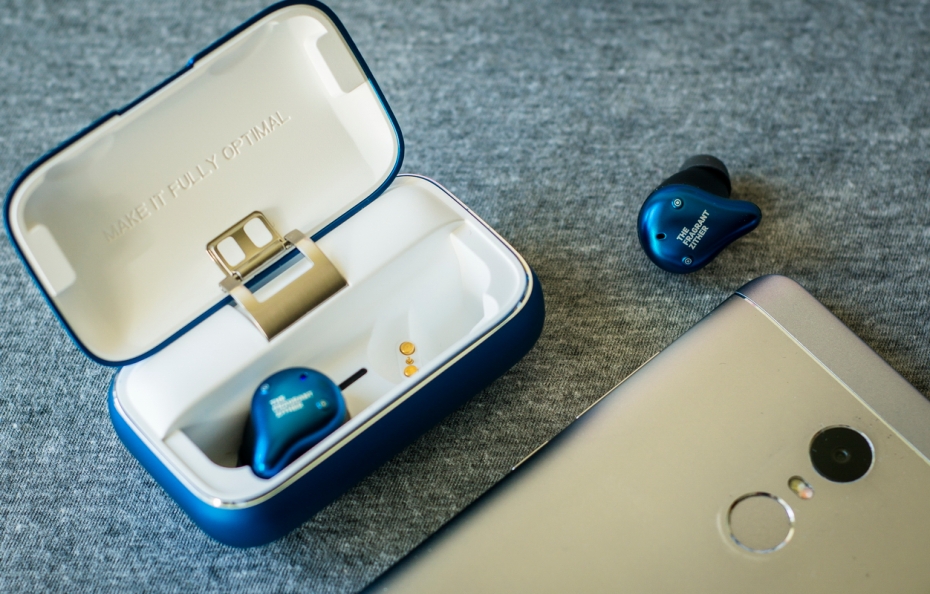
Pairing with the regular Android-based smartphone happens very fast, charge level is available in the status bar upon connection, operation is smooth and totally glitch-free. Didn’t notice any problems, unexpected disconnections, radio interference or other bugs during two weeks of heavy everyday use.

Maximum volume level is more than enough in comparison to regular type of BT handsfree units by Jabra, Platronics, etc. BTW — there is a female voice with language options that informs about the working and charging state of IEMs. Information about switching to different language is located in the user manual.
Working distance that X1 is capable of is ~20m in openspace and ~10 meters in highly crowded office area. That are the best figures that I’ve managed to acquire.
Sound quality:
I would not go deep into details here. Why? Because I treat TFZ X1 as convenient BT handsfree unit with the possibility to play music whenever required. Furthermore, the list of BT audio codec doesn’t include the most advanced ones such as aptX, LDAC or UAT. It means that audio quality would always hang behind good and wired IEMs.
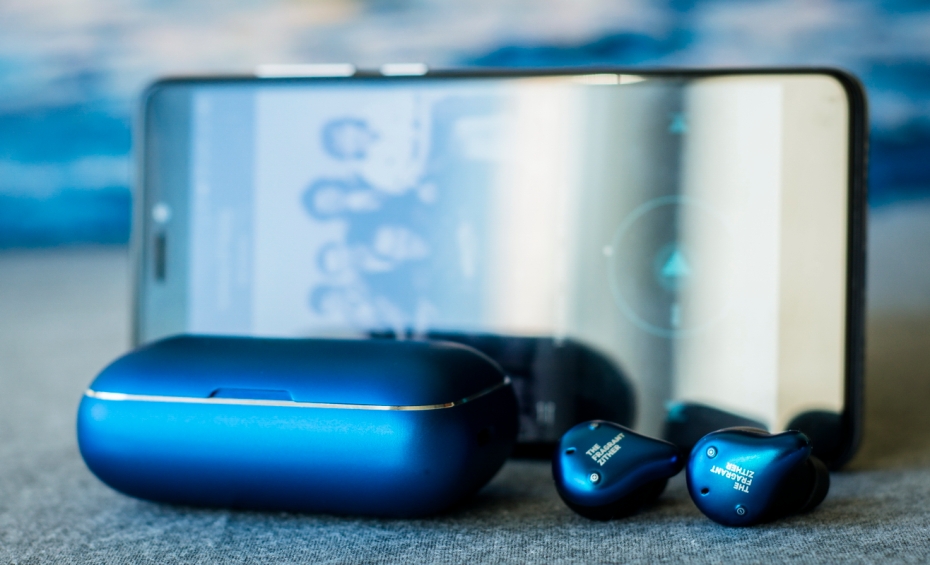
Anyway, the impression about the sound quality is very positive, in overall. Even despite the absence of lossless codecs, TFZ has managed to provide clear, balanced and detailed sound that perfectly hides wireless nature of X1 IEMs. Lows are well-exposed, don’t stand out too much, mids are full-bodied and detailed, treble is kind of limited in extension but still clear and enjoyable. Most of the clarity, detalization and overall balance comes from the choice and tuning of good BA drivers.

Dynamic BT IEMs would usually sound worse due to multiplying the initial flaws of wireless encoding and transmission (interference, noise, limited treble extension, limited resolution). BA drivers, instead, help to mask out most of the problems and provide mostly pleasing experience even for an experienced person with trained ears like me. Haven’t noticed sound being harsh, moody or unnatural. Everything is smooth and enjoyable.

One more important thing to mention in SQ section is the quality of voice calls. TFZ X1 shine in that — noise canceling function work very well in various conditions. Even if you drive a car with the opened window — the other party doesn’t have any problems hearing what you say. At the same time, the voice of the other party is always clear, natural and loud. This is the best BT unit for voice calls so far, if to compare to similar products from Xiaomi, AKG, Samsung, etc. Usually, such devices would suffer much more from voice interruptions, radio interference and other unexpected audio problems.
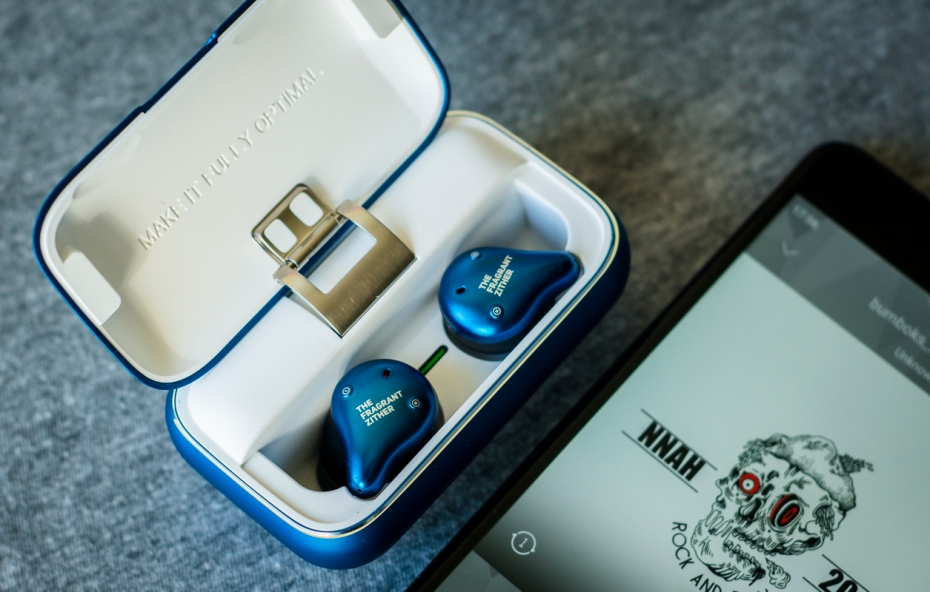
Conclusion:
What I like about TFZ company is that they don’t try to release raw product before conducting all necessary tests. X1 IEMs is a quite sophisticated and mature product in terms of build quality, usage scenarios, firmware stability and solid user experience. Can’t tell that its main purpose is to satisfy the audiophiles but it perfectly fits the demands of everyday use. Voice calls are clear, noise free and stable. Even the resulting music quality of regular BT codecs is compensated by the rich and detailed sound of high-quality balanced armature drivers. No surprise why TFZ X1 became «indispensable» assistant for me since the first day of use. Surely, this product would carry on helping me out in different situations in future.

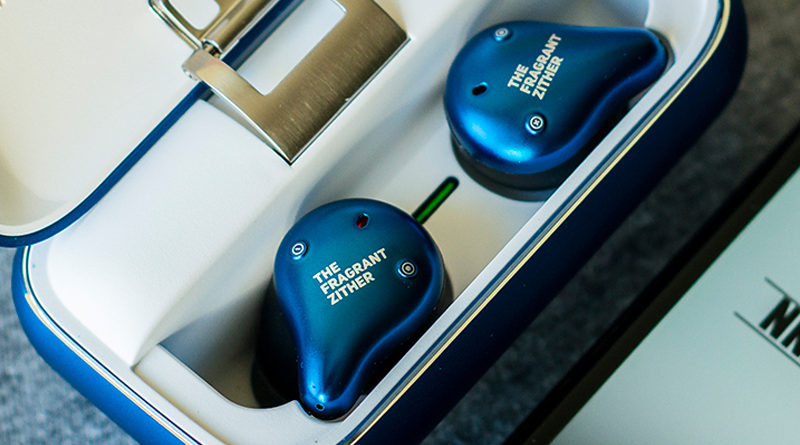
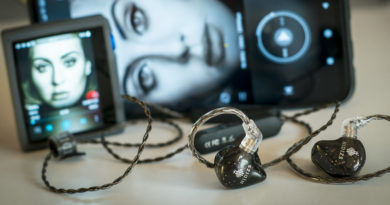

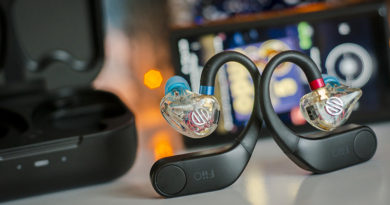
Hi,
My X1E left and right ears aren’t connecting to each other, and I can’t find my manual. Wonder if you could share if the manual says anything about this? They can independently connect to smartphones. Thanks!
Sorry, not with me anymore. But as far as I remember – you should turn your BT off on the phone, place both ears in a cradle, take it out again, wait and let them connect. I would try to find the manual, if I still have it with me…